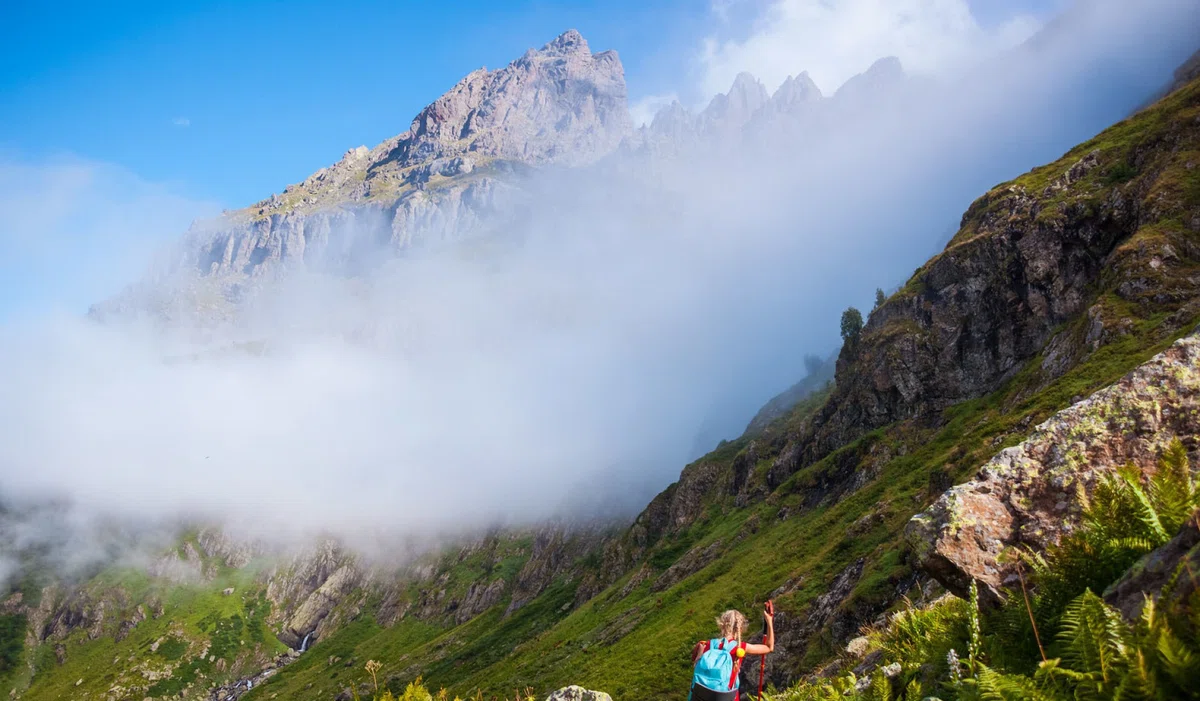
Recreational resorts for recreation in Georgia. Skuri resort.
The resort of Skuri, which is a recreational resort, should be given special attention. The mineral water in this area was discovered at the end of the nineteenth century. During all this time, the healing waters have proven their usefulness and have become famous among the population and tourists. Here you can take rehabilitation courses for your recovery.
Tsalenjikha municipality is located on the border of Samegrelo and Zemo Svaneti, in the valley of the Inguri and Chanistskali rivers. The toponym "Tsalenjikha" comes from the name of the ancient Kolkheti Chani tribe; "Tselenjikha" - that is, the fortress of the Chani.
The territory of the municipality has been inhabited since ancient times. In the Middle Ages there were the residence, palace, treasury and family vault of the Dadiani family of rulers of Samegrelo; and the cathedral church of the Transfiguration (10th century) was the prayer house of the family.
RESORT SCURY
Tsalenjikha is characterized by a magnificent landscape and natural sights. From the recreational resources we should mention the resort of Skuri, located 15 km from Tsaledzhikha, in the valley of the river Abanosgele (right tributary of Chanistskali). Historically, this place is known by the name of Kldekari: there was a small passage between the rocks ("klde" - rock, "kari" - gate). When the enemy came to Tsalenjikha, the local population took refuge in the Skuri fortress. There are ruins of fortress and watchtower on the territory of the valley till nowadays.
Mineral waters Skuri found in the 70s-80s of the XIX century shepherds. They noticed that the cattle prefer to drink water not from the river, but from a spring. The peasants on whose land the spring gushed out, carefully concealed this fact: they were afraid that the lords would take away their land. The curative properties of the local springs became known to the population anyway, and Skuri became a famous balneological resort. For many years thousands of sick people were rehabilitated here. There was also a factory for bottling mineral water "Skuri", which produced 5 million bottles of this water per year. Nowadays, the spa infrastructure has been destroyed.
Location: foothills of the Yegris ridge, the valley of the Chanistskali river.
Distance: from Tsalenjikha - 14 km, from Zugdidi - 36 km and from Tbilisi (through Chkorotsk) - 355 km.
Height above sea level: 450-500 m.
Relief: A plateau-like plain.
Climate: typical for low mountains of the subtropical belt. Winter is mild, snowless. Summer is very warm.
Average annual precipitation: 1800-2000 mm.
Average annual relative humidity: 74%.
Duration of sunshine per year: 1943-2316 h. Natural curative factors: climate of low mountains and chloride-sulfate and calcium-sodium mineral waters with general mineralization of 1.7 g/dm³.
Water flow rate: 70-80 thousand l/day.
Types of treatment: internal consumption and baths of
mineral water, passive climatotherapy.
Therapeutic indications: diseases of digestive organs, musculoskeletal and peripheral nervous systems. Chronic diseases of the liver, urinary and biliary tract.
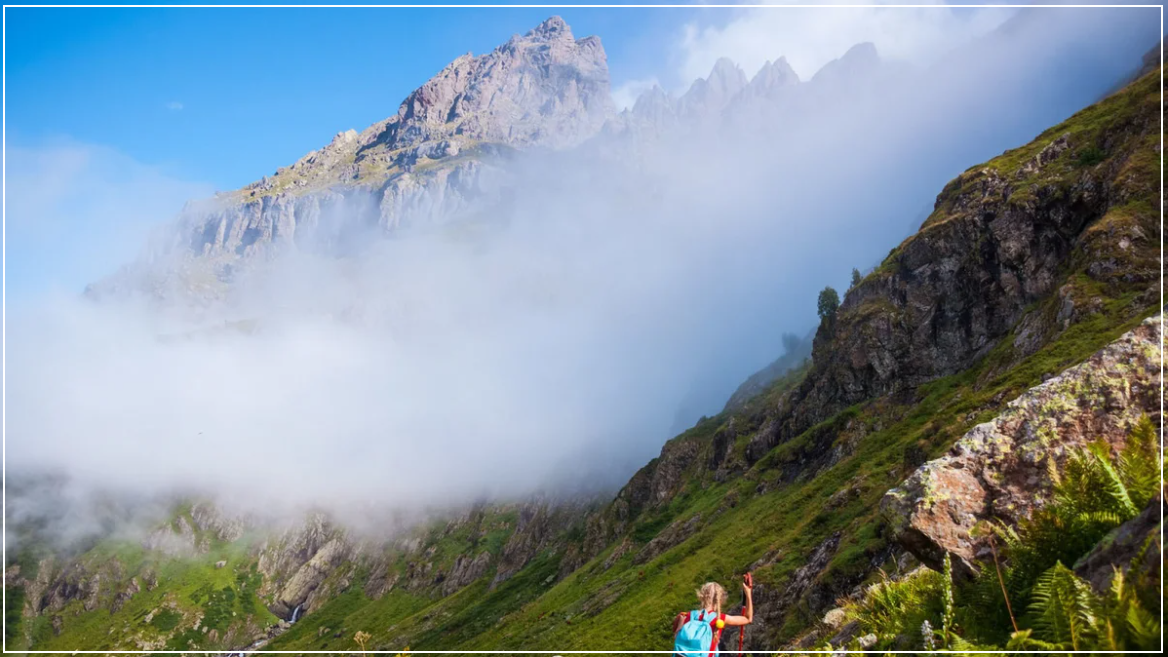
Tsalenjikha municipality in Georgia is a unique place for tourism and recreation. It is located on the border of Samegrelo and Zemo Svaneti, in a picturesque valley of the Inguri and Chanistskali rivers. The name comes from the ancient Kolkheti tribe Chani, and Tselenjikha - from the fortress Chani, which was located on this territory. Since ancient times, this land was inhabited by people, and there are many historical and cultural attractions. On the territory of the municipality there were the residence, the palace, the treasury and the family tomb of the Dadiani family of rulers of Samegrelo. One of the main places of worship was the Cathedral Church of Transfiguration, built in the X century. However, it is not only the historical sites that attract tourists. There are springs of mineral water that were discovered in the late 19th century. The curative properties of these waters have been proved and glorified among the population and tourists. Nowadays there are rehabilitation courses for their recovery.
The surrounding nature makes this place ideal for rest and relaxation. Here you will find magnificent mountain scenery, walks in the forest and national reserves, where you can see rare animals and birds. The region also offers fishing, hunting, summer and winter sports, making your vacation here even more varied and interesting.
Skuri resort, one of the main attractions of Tsalenjikha, is located in the valley of the river Abanosgele and has more than a century of history. The therapeutic properties of the mineral water were discovered here at the end of the 19th century and since then many people come here for their spa vacations and rehabilitation course. Despite the fact that the resort infrastructure has been destroyed, Scuri still attracts people because of its therapeutic properties and beautiful nature. Here you can also see the ruins of the fortress and watchtower, which are historical monuments. In addition, there are other cultural sites in the municipality, such as the Cathedral Church of the Transfiguration and the residence of the Dadiani family. These buildings are a testimony to the rich history of the region.
The resort, located in the valley of the river Abanosgele, is one of the most attractive tourist destinations in the region due to its natural attractions and landscape. It is located in the foothills of the Egris range on a plateau-like plain, at an altitude of 450 to 500 meters above sea level. The resort is 14 km from Tsalenjikha and 36 km from Zugdidi. If you drive from Tbilisi through Chkorotsk, the distance to the resort is 355 km. The climate in this region belongs to the subtropical climate characteristic of low mountains. Winter here is mild and snowless, and summer is very warm. The average annual rainfall is 1800-2000 mm, and the average relative humidity is 74%. The duration of sunshine per year ranges from 1943-2316 hours. The resort is famous for its mineral waters, which were discovered in the 70-80s of the XIX century. The mineral waters are chloride-sulphate and calcium-sodium and have a total mineralization of 1.7 g/dm³. The water flow rate at the resort is 70-80 thousand liters per day.
At present the spa infrastructure is in ruins, but in the past thousands of patients have undergone a rehabilitation course here, using internal consumption and baths of mineral waters, as well as passive climatotherapy. The mineral waters are indicated for diseases of the digestive organs, the musculoskeletal and peripheral nervous systems, as well as chronic diseases of the liver, urinary and biliary tracts. The climate of the low mountains is another natural healing factor contributing to the rehabilitation of the organism.
If you decide to visit the resort, do not forget to bring your swimsuit and camera. Beautiful scenery and healing springs are sure to leave you with unforgettable impressions. And don't forget to leave comments under the article and ask questions if you have any. We will be glad to answer all your questions!
See all resorts in Georgia
-
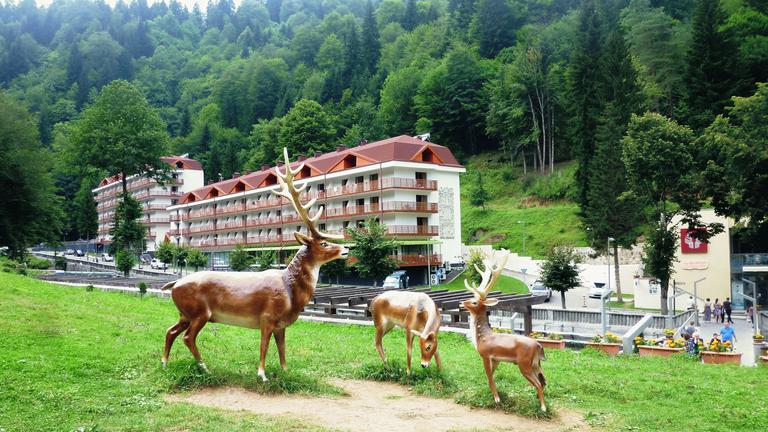
Sairme – deer area near Kutaisi
Resorts of GeorgiaSairme is one of the most popular resorts, created in order. so that you can relax and un…
-
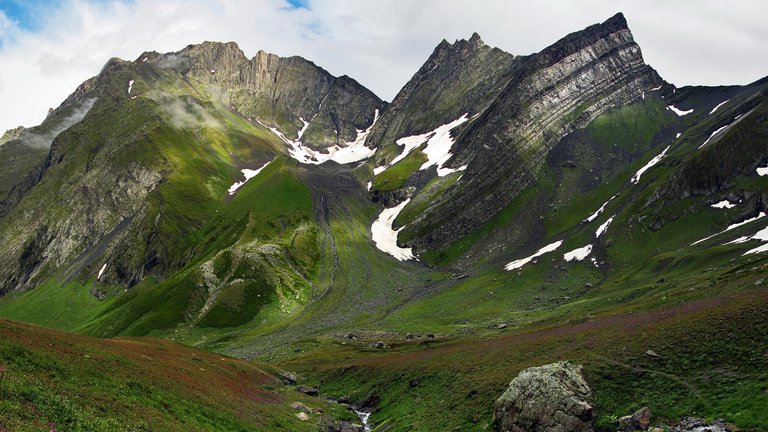
Racha Resorts
Resorts of GeorgiaRacha is considered one of the most beautiful places in Georgia and is distinguished by a…
-
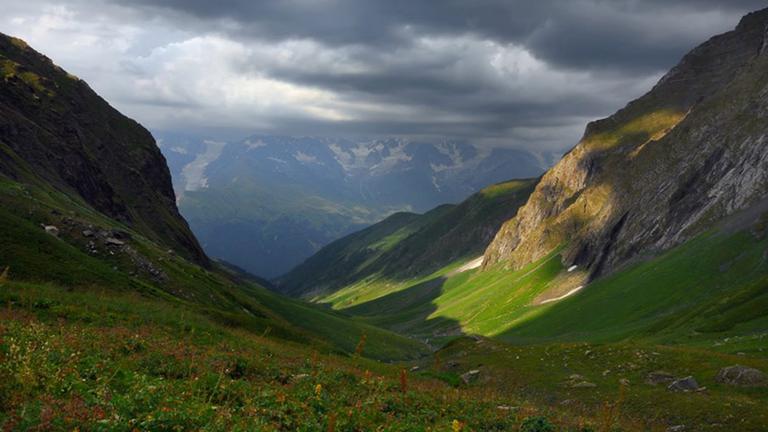
Hidikari
Resorts of GeorgiaHidikari Resort is located in a very picturesque place, on hills surrounded by a variety …
-

Lasichala
Resorts of GeorgiaThere are a huge number of various resorts in Georgia, with their own mineral waters and …
-

Khovle
Resorts of GeorgiaHovle resort is famous not only for its health benefits, but also for its historical sign…
-
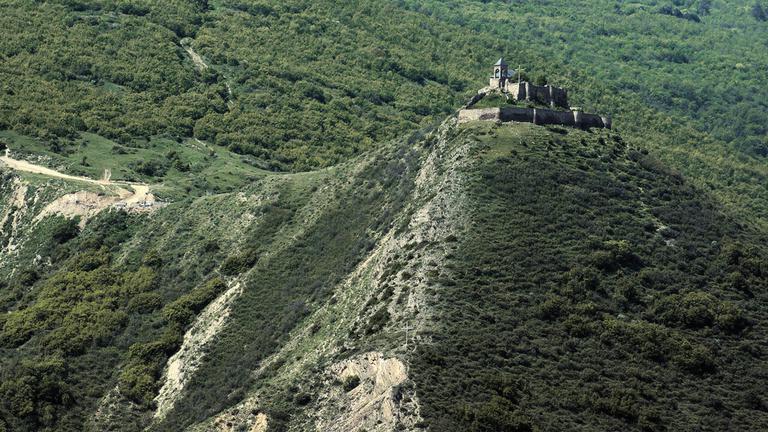
Gorijvari
Resorts of GeorgiaGorijvari resort is located on a mountain and is blown by clean and fresh mountain air. T…
-
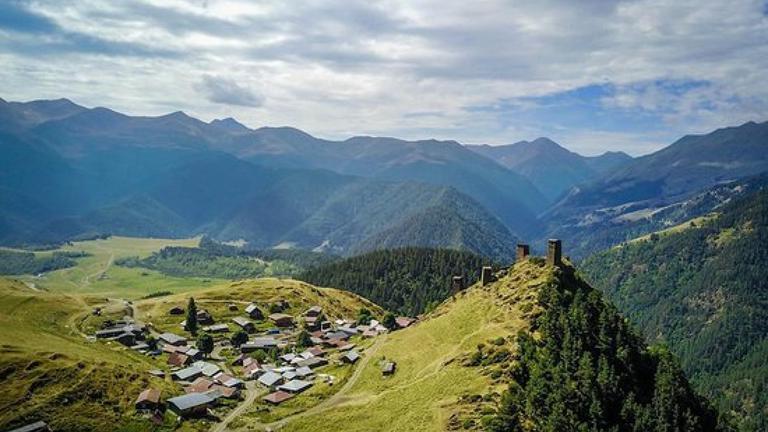
Abano
Resorts of GeorgiaAbano used to be a village and was important to the country. Nowadays, it is known for it…
-
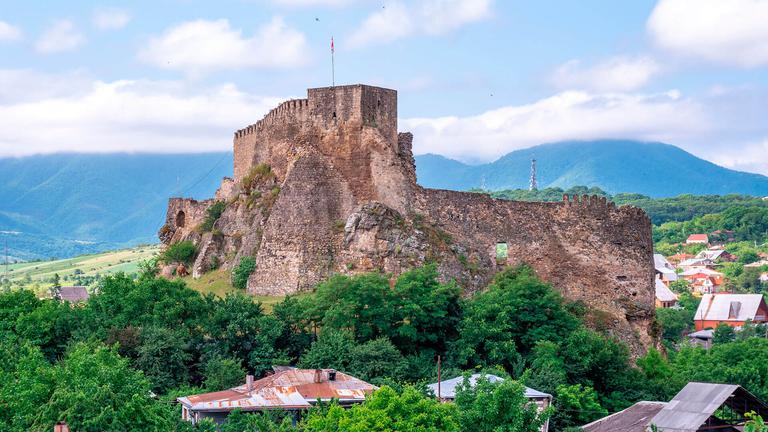
Surami
Resorts of GeorgiaThe peculiarity of the Surami resort is the focus on the treatment of children from vario…












37 comments
Log in to leave a comment
Пешие прогулки по окрестностям стали для меня настоящим открытием: виды гор, реки и леса словно оживляют фотографии из журнала о путешествиях. А ещё местные жители такие приветливые! Они поделились интересными историями о регионе и посоветовали лучшие места для пикника.
Скури — это место, куда хочется вернуться снова. А вы были в подобных курортах? Какой отдых для вас предпочтительнее — активный или расслабленный? 😊
Это Рекреационный курорт, который известен своей полезностью и стал знаменитым среди населения и туристов.
Очень жаль, что на сегодняшний день курортная инфраструктура там разрушена, надеюсь, что в скором будущем ее возобновят!
Было интересно прочитать про историю открытия данных вод!
Климат характерный для низких гор субтропического пояса. Зима мягкая, бесснежная. Лето очень тёплое.
Исцеляются заболевания печеньи, желчных путей, скелета, ЖКТ, нервы.
В средние века здесь находились резиденция, дворец, сокровищница и фамильная усыпальница семьи Дадиани правителей Самегрело и рядом церковь Преображения Господня.